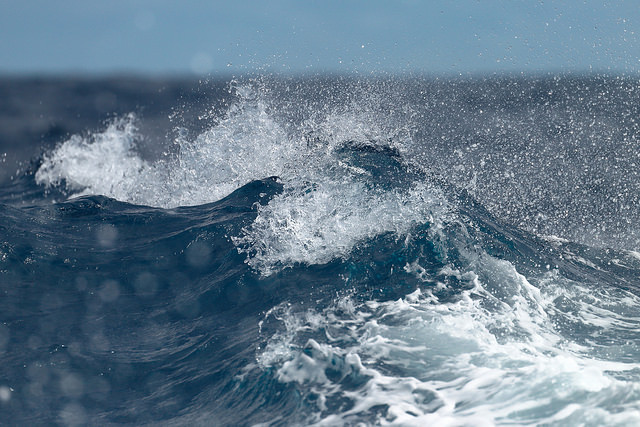
***
I love the X Prize Foundation. I love the whole concept, which, in short, is that since the “invisible hand” of the market doesn’t provide all the incentives required to generate the forward momentum we need in certain areas of science and industry, we should consciously do so.
It was an X Prize that kicked off the commercial space race, with the Ansari X Prize awarding ten million dollars to Scaled Composites — now owned by Northrop Grumman, but founded by Burt Rutan — for “build[ing] and launch[ing] a spacecraft capable of carrying three people to 100 kilometers above the Earth’s surface, twice within two weeks” — back in 2004.
It’s an X Prize that’s furthering the space race, with the Google Lunar X Prize offering twenty million dollars to the first team that can “land a robot on the surface of the Moon, travel 500 meters over the lunar surface, and send images and data back to the Earth.” They’ve already given out over five million dollars in “Terrestrial Milestone Prizes;” at least one organization — Israel’s nonprofit SpaceIL — has booked a flight on a Spaceflight Industries chartered SpaceX rocket set to launch in late 2017; and two others — Astrobotic and Hakuto — plan to share another SpaceX rocket to get there.
It’s an X Prize that’s driving a series of teams to build the world’s first Star Trek-style “tricorder”, with seven million dollars going to the first team that can create a device to “diagnose patients better than or equal to a panel of board certified physicians” (the details are more specific, involving diagnosing a set of fifteen diseases).
And now, there’s yet another: the Shell Ocean Discovery X Prize.
Alongside the old chestnut that “we know more about the surface of Mars than we know about our ocean floor” (I think more accurately stated that only applies to the topography of Mars) comes the promise to pay total prizes of seven million dollars — four to the winning team — for developing remote underwater mapping technology. A million in “milestone” prizes are also on offer, as well as two additional million dollar prizes: one for second place, and one put up by the NOAA for “the team that successfully identifies the source of an established biological or chemical signal.”
Under the terms of the competition, teams need to create almost entirely autonomous machines that can (a) create a high resolution bathymetric map, (b) take images of some yet-to-be-specified object, (c) identify archaeological, biological, or geological features, and (d) track a chemical or biological signal to its source (that’s the NOAA bonus prize). They’ll be doing it at two depths, too: up to twenty-five teams will be tested at 2000 meters (roughly 6500 feet) in September 2017, and the top ten will be tested at 4000 meters (roughly 13000 feet) a year later.
Among other things, it’s hoped that this will lower the cost of performing underwater reconnaissance — the Prize’s site claims it can cost “up to $60,000 per day” at present — and will hopefully lead to a new era in underwater research. It’ll probably also lead to a new era in underwater prospecting, which is likely why Shell (yes, that Shell) is funding it. But either way it’s going to be an interesting race to follow, and I can’t wait to bring you updates as they happen.
For more, check out the Shell Ocean Discovery X Prize site, guidelines, and schedule.
***
Richard Ford Burley is a writer and doctoral candidate at Boston College, as well as an editor at Ledger, the first academic journal devoted to Bitcoin and other cryptocurrencies. In his spare time he writes about science, skepticism, feminism, and futurism here at This Week In Tomorrow.
